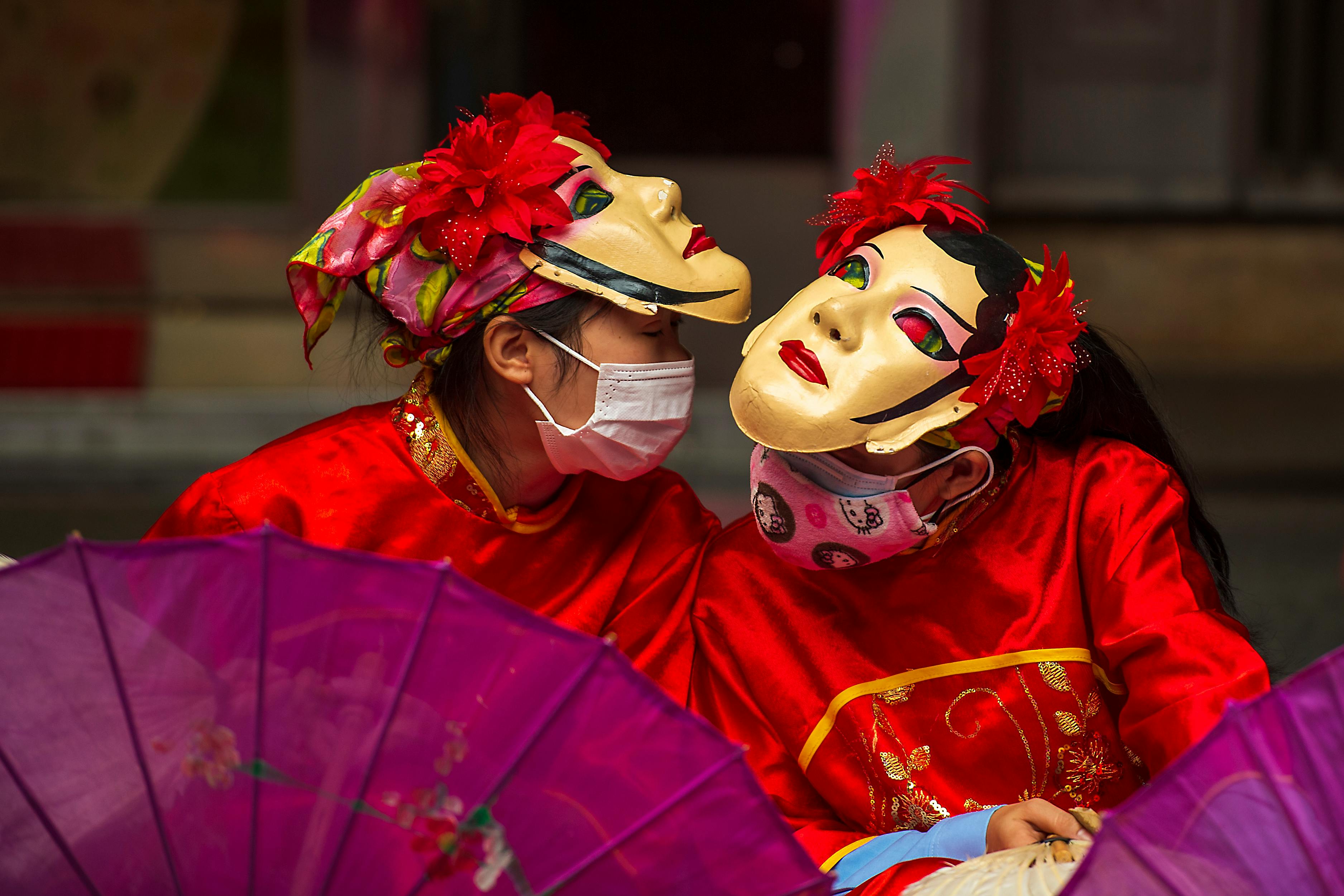Rich symbolism permeates the traditions that go into Asian bridal ceremony rituals. The ceremonies are a nod to Asian culture’s deeply ingrained beliefs that the union of couples should be honored by their families and by the universe. These ceremonies range from the wedding hairdressing and capping ceremonies for the bride to the otoshigami, where the groom blocks himself with his family and friends. The tea ceremony also involves the couple serving their parents, grandparents, and other elders and receiving red envelopes ( https://asianbrides.org/hot-korean-women/ or hong bao ) filled with money or jewelry.
On the day of their marriage, it is customary in Chinese celebrations to respect one’s predecessors and gods. This entails changing into new garments and taking a fruit leaf shower to lift ghosts. The couple’s household is then expected to organize 12 gifts for their daughterhttps://www.weddingwire.in/wedding-tips/romantic-bollywood-songs–c9491-to-be, including bride cookies, standard Chinese cake, a bamboo utensil set, candles and firecrackers, silver jewelry, and cash.
Typically, a procession travels from the groom’s household to the bride in the Japanese ceremony festival. Visitors will take lanterns and banners, sound gongs to frighten away evil spirits, and light a bonfire made from the spiritual sakaki tree’s branches. A little poem that teaches the newlyweds moral norms for married life is next read by a miko, or adult helper of the priest.
The few bows to the princess’s grandparents and the monument angels after giving two handclaps. A few days afterwards, to display her respect and appreciation, the bride kneels down in front of her father’s parents and grandparents and serves them teas with two flowers grains or two red timings.

